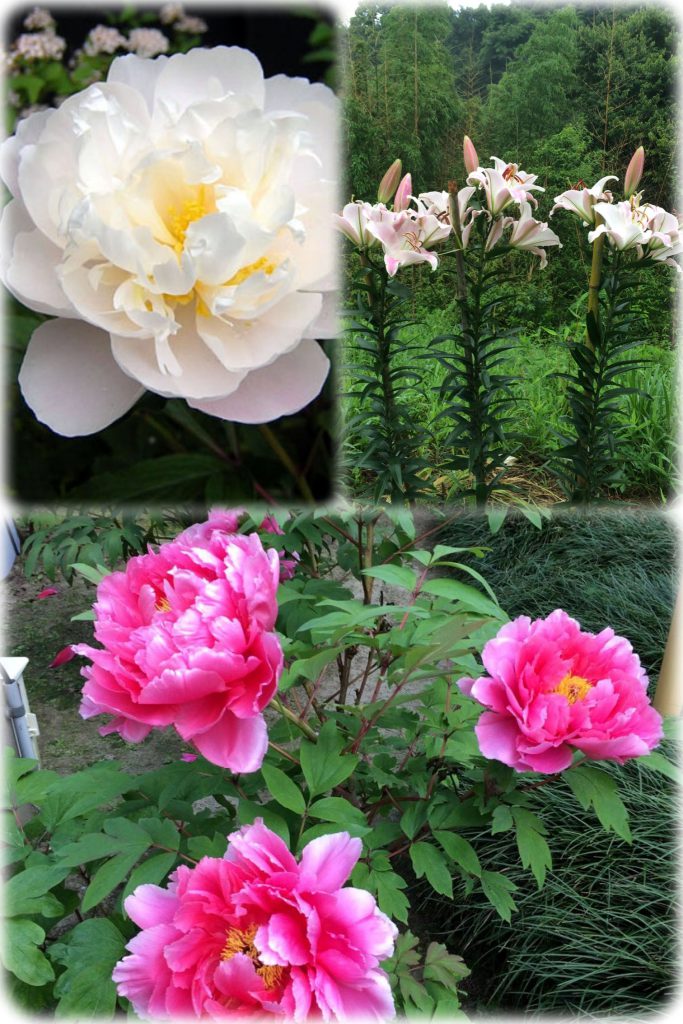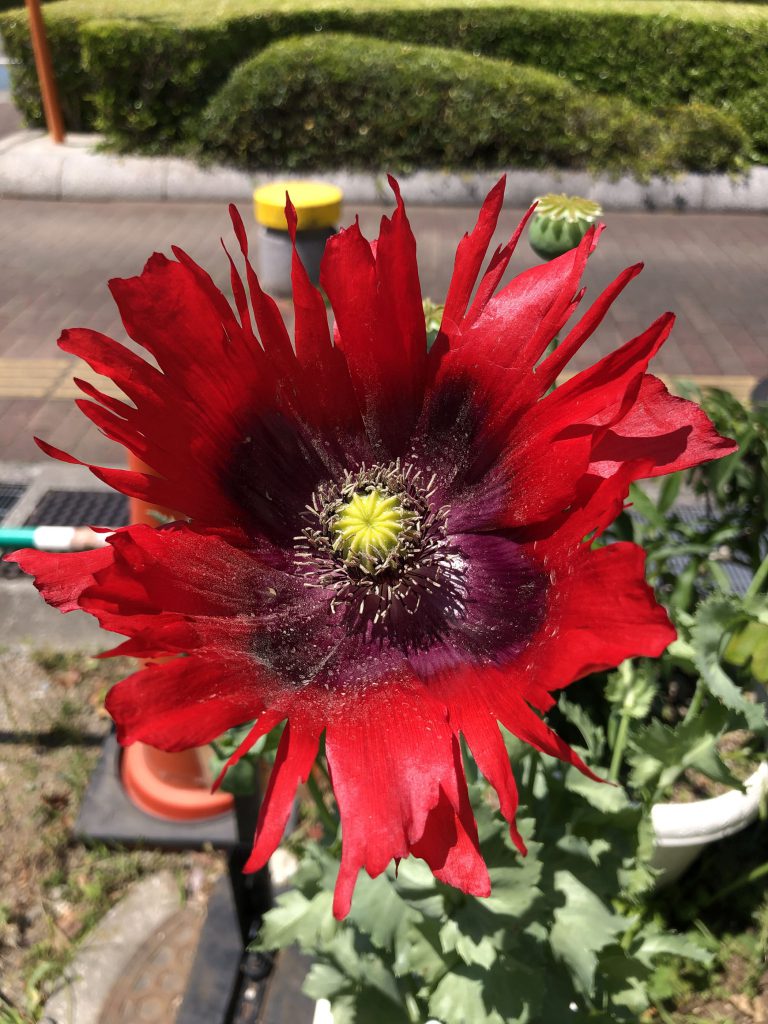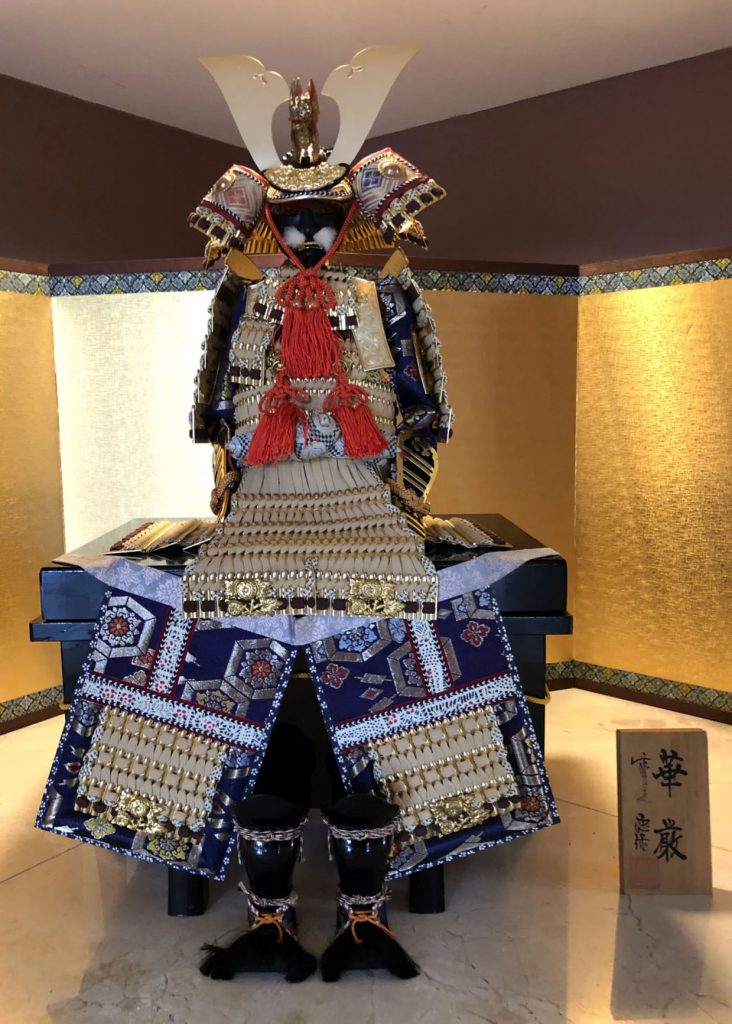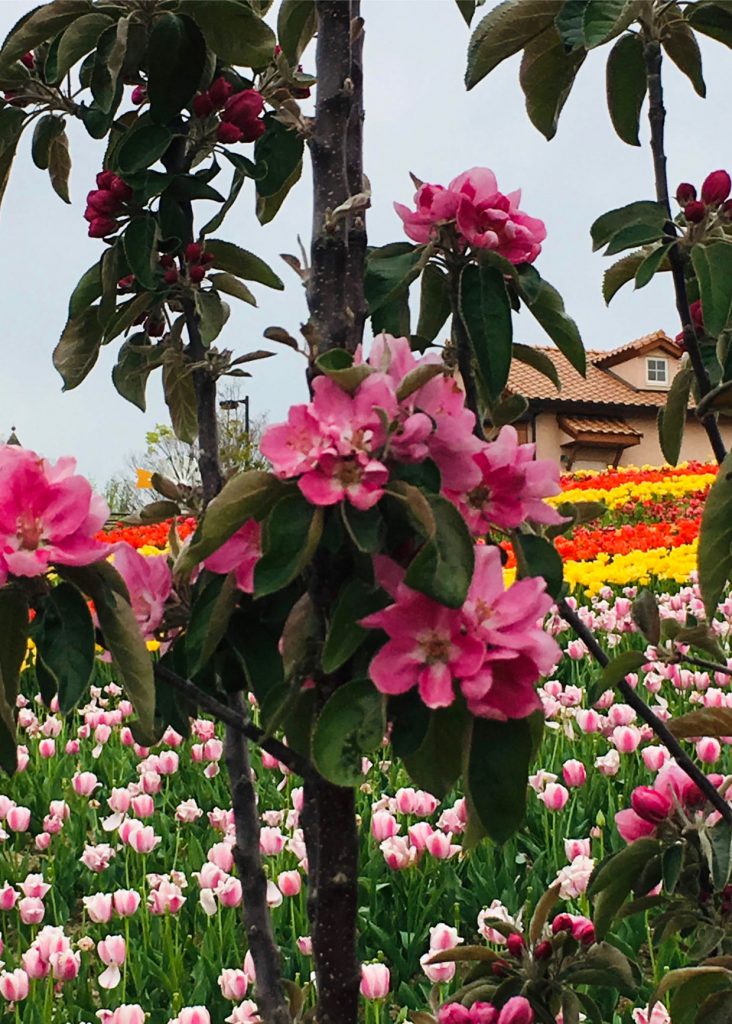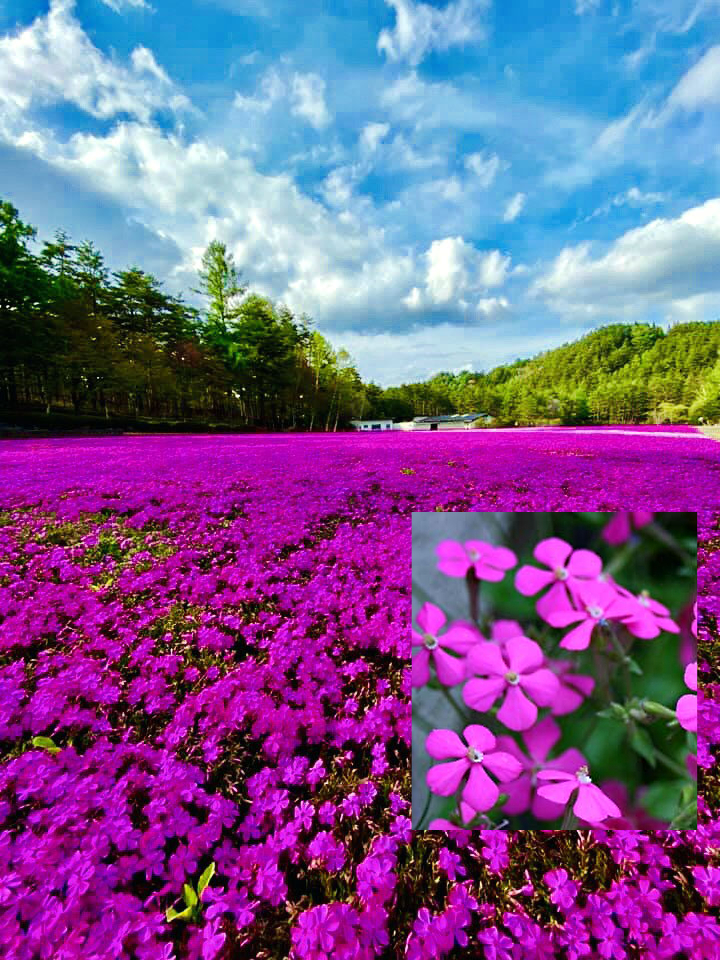
The early blooming Kawazu cherry blossoms also are bearing small cherry fruits. From now on, cherries will be lined up in stores from mid-June. When I was little, I remembered that after eating cherries in the park with my friends in the neighborhood, I competed with him to fly seeds. When I looked it up online, I was surprised to find that there are large-scale events in the Tohoku region, where they compete to fly seeds. It has been held for 20 years in Sagae City and Higashine City, which are known for producing cherries in Yamagata Prefecture. It is said that the seeds after eating cherries are blown by mouth with the signal of “Cherry GO!” and compete for the distance. The humorous appearance comes to my mind. I don’t know if I imitated this, but in Minabe Town, Wakayama Prefecture, which is known for producing ume, there is a ume seed flying competition, and the prize money is 300,000 yen.
早咲きの河津桜にも小さなサクランボが付きました。これから6月中旬にかけて店頭にもサクランボが並びます。小さい頃近所の友達と公園のサクランボを取って食べた後、種の飛ばしっこをしたことを思い出しました。ネットで調べてみたら、驚いたことに、サクランボの種の飛ばしっこの大がかりなイベントが東北地方を中心にあるんですね。山形県のサクランボの生産地として知られる寒河江市や東根市などでは、もう20年も前から開催されているそうです。サクランボを食べた後の種を「チェリーGO!」の合図で口で飛ばし、その距離を競うものだそうです。その滑稽な様子が目に浮かびます。これを真似たのかどうか、梅の産地で知れる和歌山県南部町では梅の種の飛ばしっこ大会があって賞金が、なんと30万円だそうです。




